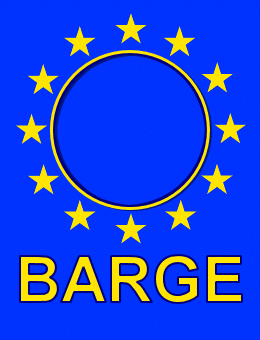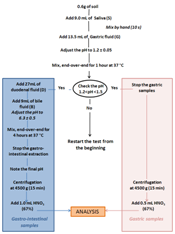The BARGE Unified Bioaccessibility Method
Some time ago we undertook a joint decision to progress research in the field of in vitro bioaccessibility method development in order to harmonise the use of bioaccessibility in human health risk assessments for contaminated soils in Europe. This progression took the form of combining our collective efforts to evaluate one in vitro method already in existence, the method originally developed by the RIVM (Oomen et al, 2003).
This was considered to be the most representative of the physiochemical conditions in the human gastrointestinal (GI) tract. Modifications were made to the RIVM methodology to ensure adequate conservatism, and that the in vitro test was robust and applicable to the local geological conditions in a range of different countries, were considered and tested prior to the preparation of a standard operating procedure (SOP) and detailed at the start of the full evaluation exercise.
Evaluation of the unified bioaccessibility method (UBM) has been undertaken by means of an international inter-laboratory comparison exercise. The full report of the Inter-laboratory trial of the UBM entitled 'Inter-laboratory trial of a unified bioaccessibility testing procedure' (Wragg et al, 2009) is available to download from the NORA NERC Open Research Archive.
In vivo validation of the UBM for As, Cd, Pb and Sb (Caboche, J, 2009, Denys et al, 2012) in soils has been undertaken by INERIS and the Polytechnique de Lorraine, Nancy in France using a juvenile swine model. The validated BARGE UBM methodology is now available to download.
BARGE member research institutions have also been applying the UBM to contaminated land issues in their respective countries. These studies have been published in the peer reviewed literature and are related to Cd, Pb and Zn contamination of urban and agricultural soils from smelter emissions in France (Roussel et al, 2010) and (Pelfrene et al, 2010) and As, Cr & Pb contamination in urban UK soils (Broadway et al, 2010, Farmer et al, 2011 and Wragg and Cave, 2012).
References
Caboche J.
Validation d'un test de mesure de bioaccessibilité. Application à quatre éléments traces métallique dans les sols: As,Cd, Pb et Sb.
Science Agronomique. PhD. L'Institut National Polytechnique de Lorraine, Nancy, 2009, pp. 348.
Denys et al.
In vivo Validation of the Unified BARGE Method to assess the Bioaccessibility of Arsenic Antimony, Cadmium and Lead in soils
Accepted for publication.

